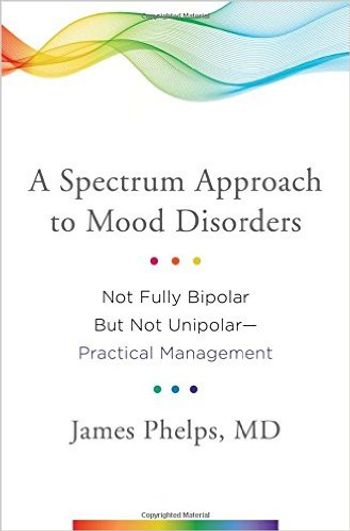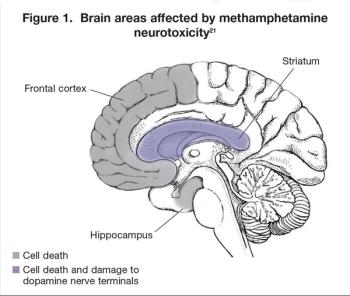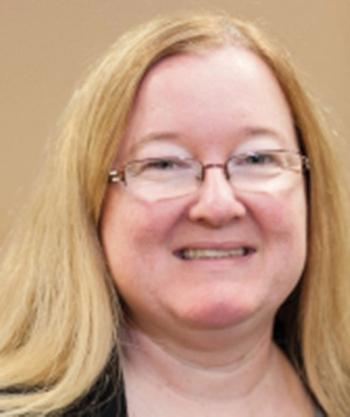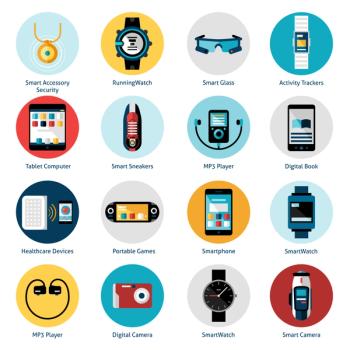
The ethical core of the Goldwater Rule is sound, but the rule needs clearer and more nuanced language.

The ethical core of the Goldwater Rule is sound, but the rule needs clearer and more nuanced language.


Let us consider the case of a "bad" psychiatrist to serve as a warning of where we can go wrong.

"Like many good psychiatrists, I have empathy and concern for my patients. But in my case, I’ve quite literally walked in their shoes."

With the modern office environment comes another type of “climate change”-designed to shape workers psychologically.

Bravely enter territory that academia has largely neglected-the nebulous region between full bipolar disorder and major depression.

Among patients with treatment-resistant MDD, transcranial magnetic stimulation wins the popular vote.

A report on the psychiatric effects of environmental and chemical toxins.

When ADHD is present, a survey of possible lead exposure can be considered, and here's why.

On the association between symptoms of autism spectrum disorder with environmental toxin exposure.

There is good emerging evidence that aspects of diet can indeed affect ADHD. Clinical recommendations here.

Recent research in neurotoxicology has underscored the importance of chemical exposures as facilitators of neurological dysfunction.

Here: devastating short- and long-term behavioral and physiological effects of methamphetamine neurotoxicity and the implications for treatment.

When should ECT be first-line treatment? What’s the minimum duration of antidepressant therapy? Answer these questions and more.

Here we present an excerpt from a screenplay to commemorate the 70th anniversary of the liberation of the concentration camps.

Psychiatrists are playing an ever-increasing role in the evaluation and care of organ transplant candidates and living organ donors-before and after transplant.

Suggestions for what psychiatry can do to alleviate, contain, and eventually prevent or avoid the demolition of culture and health.

When was the last time in the midst of a presidential campaign that psychiatric diagnostic criteria were being discussed so widely?

Half price T-shirts and ice cream cones, no more tomatoes or New York Times, people out patching the roof, putting up storms, the last guests gone tomorrow.

Here's a deep dive into possible mechanisms by which viruses may contribute to mental illness.

Patients want to know what to expect with a given treatment, how their experiences compare with those of others, or whether they are alone in coping with their conditions. Who best to answer these questions than others like them?

"Adopting technology for myself is one thing. It’s something completely different when technology is available for my patients and I’m not using it."

Is the hippo [campus] an endangered species?

Rising costs and changing treatment trends have sparked concerns about quality of care.

An important questions for clinicians is whether treatment of a psychiatric disorder will enhance or diminish creativity.

Can lithium pass the LiTMUS test?

New research shows the benefits of low-dose lithium-even in the water supply.

We are ethically constrained by the Goldwater Rule, but here are the data from an artfully crafted secret poll on the Presidential campaign.

Here: a brief review of the literature on postvention efforts; the effects on the victim’s caregivers; and a guide to resources to help manage survivors’ and caregivers’ emotions and dread.

A searching interrogation of scientific findings reflected against experience with patients.